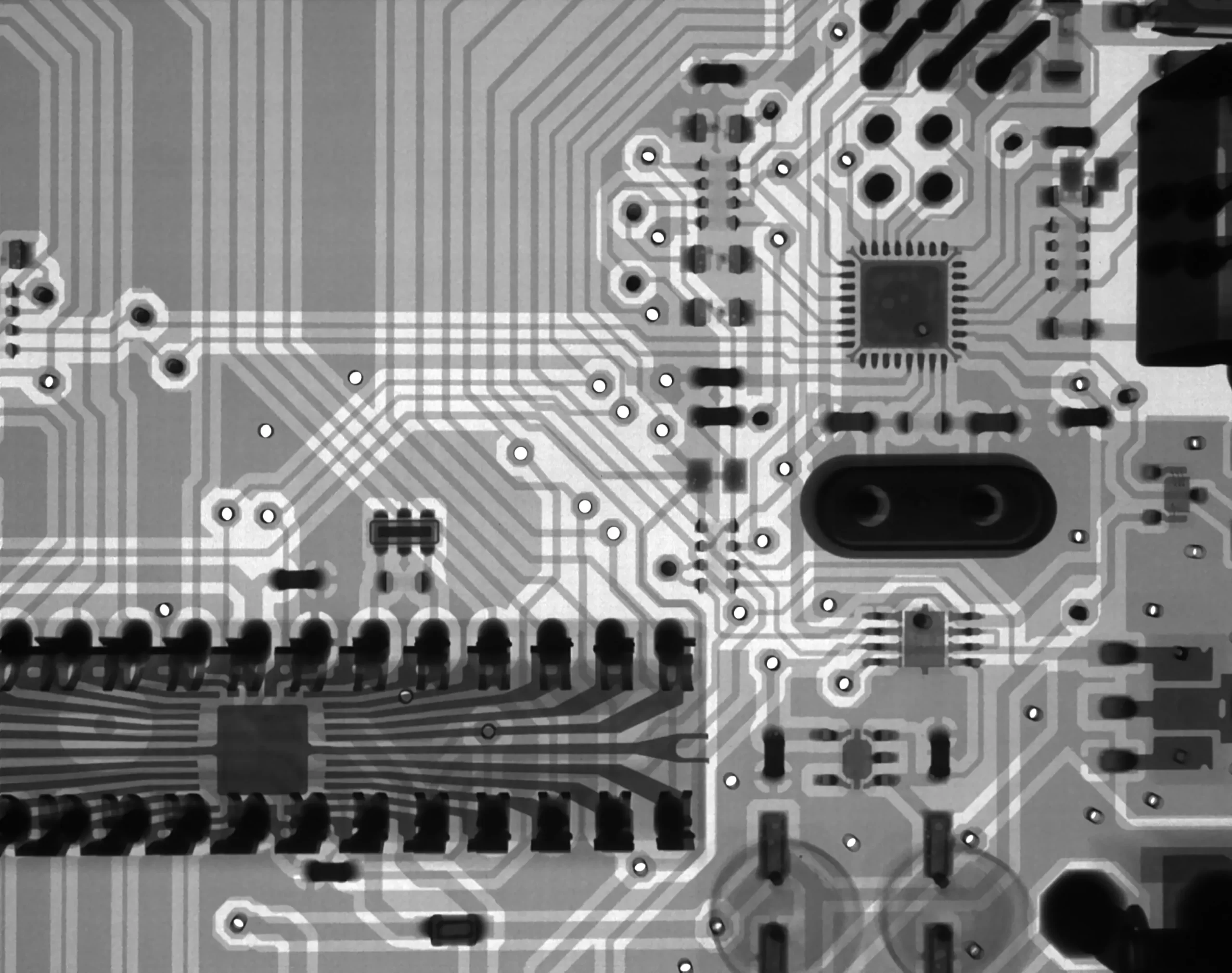There are many companies that provide reverse engineering services in Detroit.
Looking for a company that offers reverse engineering services in Detroit? Look no further than Prototyping Solutions, Inc. We offer a wide range of services, including 3D scanning, 3D printing, and more. We can reverse engineer just about anything, and we’re always up for a challenge. Contact us today to learn more about our services and how we can help you.
What Is The Definition Of Prototyping?
The definition of prototyping is creating a preliminary model of something, especially a machine, system, or product, to test its feasibility, design, or functionality.
In software development, prototyping is an iterative process used to create a preliminary model of a system, product, or service. A prototype is typically a scaled-down version of the final product, and it is used to test a concept or process.
Prototyping is an important part of the design process, as it allows developers to explore different solutions and make informed decisions about the direction of the project. It also allows for early user feedback, which can help to improve the final product.
There are several different types of prototypes, each with its own advantages and disadvantages. The type of prototype used will depend on the specific goals and requirements of the project.
One of the most common types of prototypes is the paper prototype. This is a low-fidelity prototype that is quick and easy to create. Paper prototypes can be used to test user flow and basic functionality.
Another common type of prototype is the digital prototype. This is a more high-fidelity prototype that is created using software such as Photoshop or Sketch. Digital prototypes can be used to test more complex interactions and user flows.
The advantage of prototyping is that it allows developers to experiment with different solutions and get feedback from users early on in the process. This can help to improve the final product and make it more user-friendly.
The disadvantages of prototyping include the fact that it can be time-consuming and costly, especially if multiple iterations are required. Additionally, prototypes can sometimes give false positive results, which can lead developers down the wrong path.
When deciding whether or not to use prototyping, it is important to consider the specific goals and needs of the project. In some cases, it may be worth the investment of time and resources, while in others it may not be necessary.
For example, if you are working on a new website or app, you may want to create a paper prototype to test the basic user flow and functionality. However, if you are working on a complex system, you may want to create a digital prototype to test more complex interactions.
What Is The Definition Of Reverse Engineering?
Reverse engineering is the process of taking a product apart and analyzing it to see how it works and to determine how to improve upon it.
Reverse engineering is the process of taking a product apart and analyzing it to see how it was made, and then using that information to make a new, similar product.
For example, imagine that you have a toy car that you want to reverse engineer. The first step is to take the toy car apart to see how it is put together. Once you have taken it apart, you would then create a new toy car that is similar to the first one, but with your own improvements.
What Are The Benefits Of Prototyping?
Prototyping allows you to test your product before mass production, which can save you time and money.
Assuming you would like a blog titled “The Benefits of Prototyping”:
“What are the benefits of prototyping?” This is a question we get a lot here at our company. And it makes sense – why spend time and resources on something that may not even work in the end?
The answer is simple: because prototyping can save you time and resources in the long run.
A prototype is a scaled-down or preliminary version of a product or system. It is used to test a concept or process and to gather feedback from users.
Prototyping can be an effective way to reduce the risks and costs associated with developing a new product or system. By testing a concept or design early on, you can make changes before investing too much time and money in something that may not work.
In some cases, prototyping can even be used to create a working version of the final product. This is often the case with software applications, where a prototype can be developed into a minimum viable product (MVP).
There are different types of prototypes, and the level of complexity will vary depending on the project. For example, a low-fidelity prototype might be a sketch or wireframe, while a high-fidelity prototype would be a working model that looks and feels like the final product.
The most important thing is to create a prototype that will allow you to test the specific aspect of your product or system that you want to evaluate.
So, what are the benefits of prototyping?
1. Prototyping can save you time and money. By testing a concept or design early on, you can make changes before investing too much time and resources in something that may not work.
2. Prototyping can help you reduce risks. By testing a product or system before it is finalized, you can identify potential problems and make changes to avoid them.
3. Prototyping can help you gather feedback from users. By getting feedback early on, you can make changes to your product or system before it is too late.
4. Prototyping can be used to create a working version of the final product. In some cases, a prototype can be developed into a minimum viable product (MVP).
If you are thinking about developing a new product or system, we encourage you to consider prototyping. It can be a helpful way to reduce risks and save time and resources in the long run.”
What Are The Benefits Of Reverse Engineering?
Reverse engineering is the process of taking a product apart and analyzing it in order to learn how it was made and how to improve upon it.
When you reverse engineer something, you take it apart and study its components and design, in order to learn how it works and figure out how to improve it. The process of reverse engineering can be applied to just about anything, from a simple mechanical device to a complex software program.
There are many benefits to reverse engineering, including:
1. Learning how something works: When you take something apart and study it, you gain a much better understanding of how it works and how all its components fit together. This can be very helpful when troubleshooting problems or trying to improve the design.
2. Identifying weaknesses and improving upon them: By reverse engineering something, you can identify any weaknesses or areas for improvement. You can then modify the design to address these issues.
3. Creating better products: By understanding how a product works and how to improve upon it, you can create your own products that are superior to the competition.
4. Saving time and money: In many cases, reverse engineering can save you a lot of time and money. For example, if you’re trying to create a new software program, you can save a lot of time and effort by starting with an existing program and reverse engineering it, rather than starting from scratch.
Here’s a real-life example of the benefits of reverse engineering:
In 2014, a team of researchers at the University of St Andrews in Scotland reverse engineered the structure of the Ebola virus. By understanding how the virus was put together, they were able to develop a new drug that was effective at treating the disease.
Without reverse engineering, the team would have had to start from scratch, which would have taken much longer and been much more expensive. Thanks to reverse engineering, they were able to quickly develop a new treatment that saved countless lives.
What Services Does Detroit Offer For Prototyping?
The city of Detroit offers a variety of prototyping services for businesses and entrepreneurs.
If you’re looking to prototype your product in Detroit, there are a few different options available to you.
One option is to use the services of a company that specializes in prototyping. There are a few different companies that offer this service in Detroit, so you’ll need to do some research to find one that’s a good fit for your needs.
Another option is to use the resources of a local university or college. Many schools have facilities and staff that can help you with prototyping.
Finally, you can also use the services of a local makerspace. Makerspaces are community-based spaces that provide access to tools and equipment that you might not have access to otherwise. They’re a great resource for anyone looking to get started with prototyping.
No matter which option you choose, Detroit has plenty of resources available to help you prototype your product.
FAQ
What Services Does Detroit Offer For Reverse Engineering?
What Is The Process Of Prototyping?
What Is The Process Of Reverse Engineering?
What Are The Best Practices For Prototyping And Reverse Engineering?
There is no one-size-fits-all answer to this question, as the best practices for prototyping and reverse engineering will vary depending on the specific project and goals. However, some general tips for successful prototyping and reverse engineering include:
1. Define the scope and objectives of the project clearly from the outset. This will help to ensure that the prototype accurately reflects the final product, and that the reverse engineering process is focused and efficient.
2. Create a detailed plan for the prototype, including what features and functionality it will need to demonstrate. This will help to avoid costly and time-consuming changes during the prototyping process.
3. Build a comprehensive prototype that includes all of the desired features and functionality. This will make it easier to identify and correct any errors during the reverse engineering process.
4. Test the prototype thoroughly before beginning the reverse engineering process. This will help to ensure that the final product is of high quality and meets the project’s objectives.
Hopefully, you are clear now on the prototyping reverse engineering services offered in Detroit. If you still have any questions, feel free to comment below.
Author
-
I'm Shahrear, a Designer Lead who loves electronics. Since 2003, I’ve been traveling and living all over the world. I love breaking down complex concepts in electronics and presenting them to others in an approachable way. I think that the language used in most books about electronics is hard for people who don't already know about electronics to understand. I want that to change. So, I've started blog where I talk about everything on electronics for people who are just starting out.
View all posts






